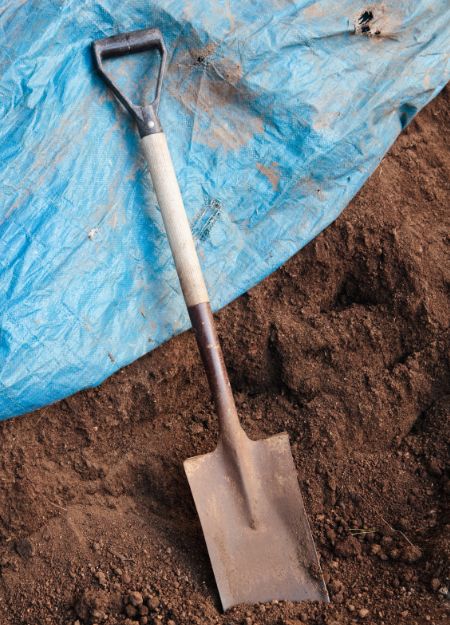There are many tools that are useful for a variety of projects, but one is more versatile than most – Tarpaulins. Offering a myriad of solutions to contribute to the efficiency, safety, longevity and success of commercial and domestic projects, tarpaulins are widely used. But what exactly are they used for?
Most are guaranteed to have seen tarpaulins covering bails when passing farms, small crops in gardening allotments and machinery on construction sites. On the other hand, using tarpaulins for domestic purposes, might be something most have seen far less of. However, there are plenty of ways in which tarpaulins can be and are used, in both commercial and domestic landscapes.
Join us as we take a deep dive into the five different ways to use your tarpaulin, unpacking not just the uses, but the benefits too.
Contents
Building and Construction
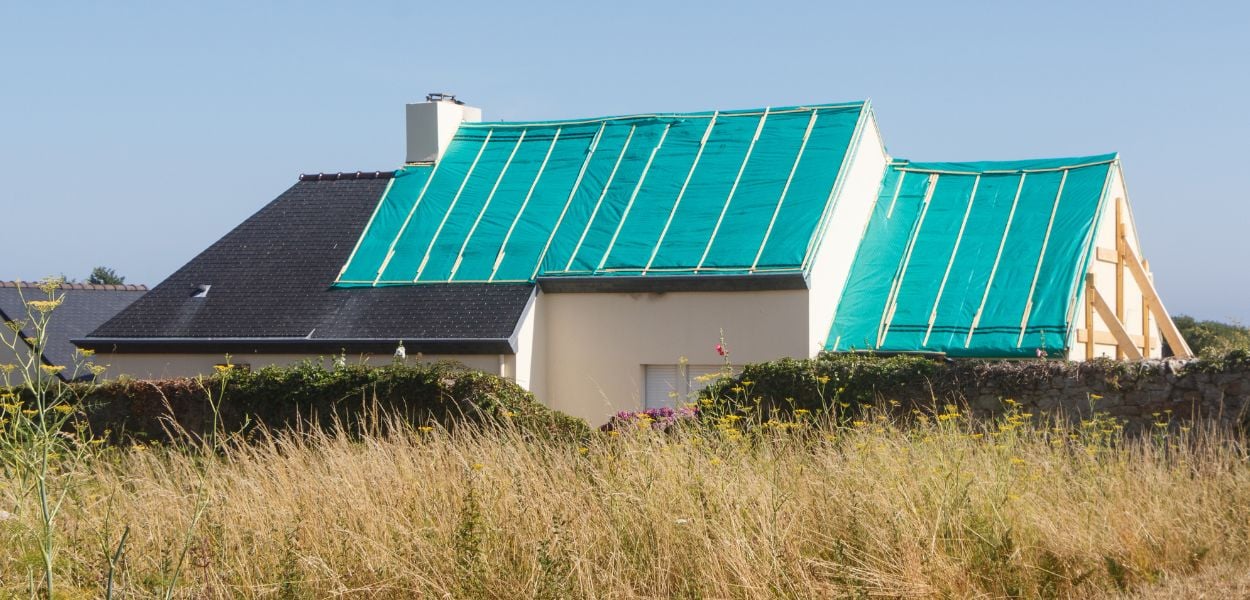
Tarpaulins serve as versatile tools in building and construction, offering a range of applications for various stages of any project. These durable, waterproof sheets are crafted from materials such as polyethylene, canvas, or PVC, making them invaluable assets on construction sites worldwide.
During the initial phases of a construction project, tarpaulins are commonly used for site preparation and protection. Builders utilise them to cover and shield raw materials, equipment, and machinery from adverse weather conditions like rain, snow, or harsh sunlight. By providing a protective barrier, tarpaulins safeguard materials from deterioration, ensuring they remain in optimal condition until needed for construction.
In addition to safeguarding materials, tarpaulins are indispensable for creating temporary shelters and enclosures on construction sites.
Tarpaulins also play a crucial role in managing construction waste and debris. Builders utilise them to contain and transport rubble, discarded materials, and construction waste safely and efficiently. This ensures construction sites maintain cleanliness and minimise environmental impact, promoting safety and compliance with regulatory standards.
Furthermore, tarpaulins are widely used in the realm of scaffolding and safety systems. Acting as protective barriers, they prevent debris from falling onto pedestrians or adjacent properties. Builders secure tarpaulins to scaffoldings to provide shade, mitigate dust, and enhance safety measures, ensuring a secure environment for workers and the surrounding community.
From protecting materials to managing waste and ensuring worker safety, tarpaulins epitomise versatility and utility on construction sites, making them indispensable assets in the building and construction environment.
Mechanical Protection
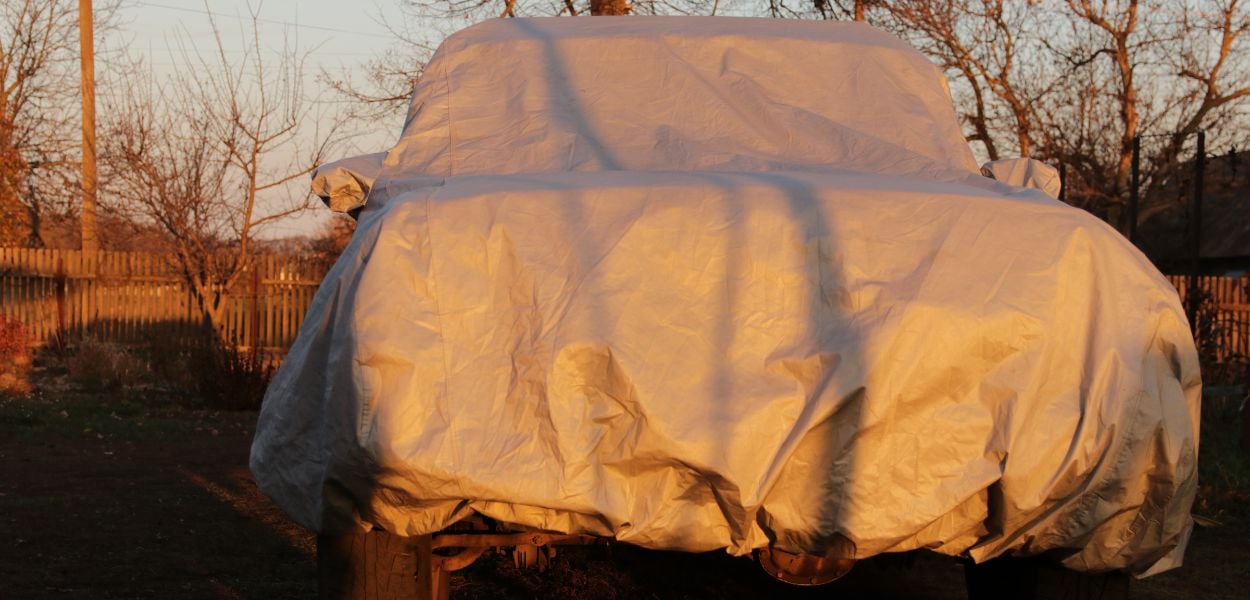
Tarpaulins offer practical solutions for covering vehicles in a variety of situations, providing protection from adverse weather conditions, environmental elements, and potential damage. Whether it's cars, trucks, boats, or recreational vehicles, tarpaulins serve as versatile shields to safeguard vehicles.
One primary use of tarpaulins for covering vehicles is in outdoor storage. Many vehicle owners lack covered parking spaces, leaving their vehicles vulnerable to exposure to rain, snow, sun, and debris. Tarpaulins provide an affordable and effective alternative, offering a protective layer from weather-related deterioration, such as:
- Rust and peeling
- Fading paint
- Interior damage caused by UV rays
Moreover, tarpaulins are valuable for protecting vehicles during transportation. When transporting cars, trucks, or recreational vehicles over long distances, they are exposed to various hazards, including road debris, insects, and loose stones. Tarpaulins act as protective barriers, safeguarding vehicles from scratches, dents, and environmental damage, ensuring they arrive at their destination in optimal condition.
Tarpaulins are also used as temporary covers for vehicles undergoing maintenance or repair. Mechanics and auto enthusiasts utilise tarpaulins to shield vehicles from dust, debris, and moisture during repairs or restoration projects. By covering vehicles with tarpaulins, they prevent contaminants from infiltrating components, preserving the integrity and performance of the vehicle.
When not in use, vehicles such as boats and jet skis are susceptible to damage from exposure to the elements, including sun, rain, and snow. Tarpaulins offer a cost-effective solution for covering and safeguarding these assets, extending their lifespan, and maintaining their aesthetic appeal.
Whether for outdoor storage, transportation, maintenance, or recreational purposes, tarpaulins provide a versatile and practical solution for safeguarding vehicles and preserving their condition over time.
Domestic Projects
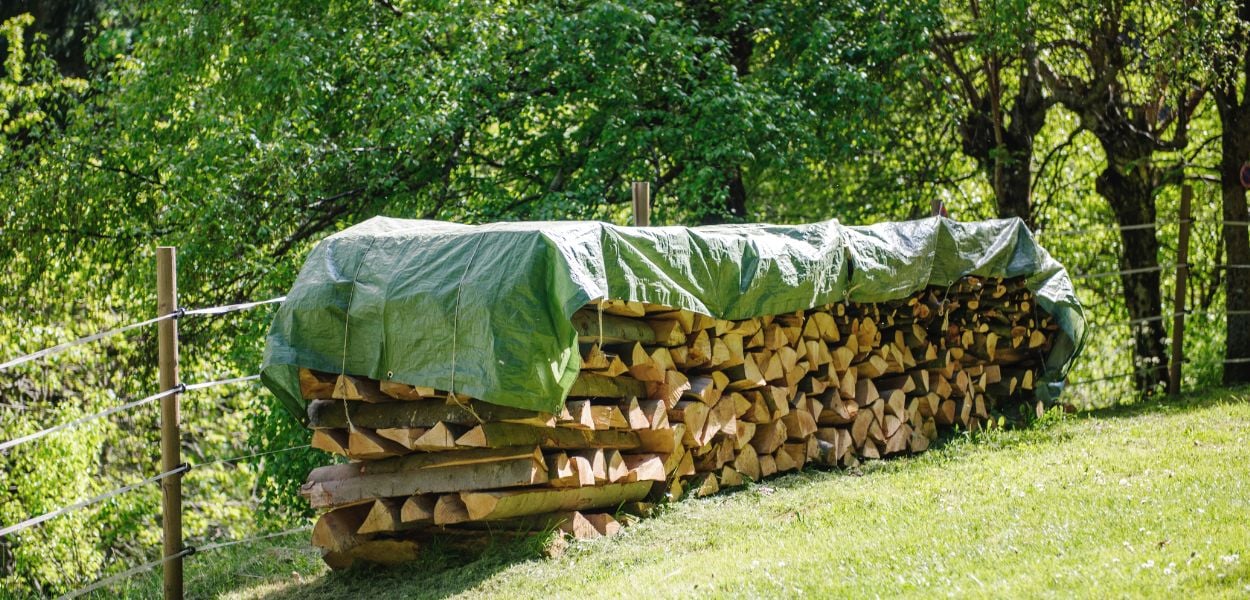
Tarpaulins are valuable tools for domestic use, providing versatile solutions for protecting belongings, completing DIY tasks, and managing outdoor spaces around the home. Their durability, weather resistance, and adaptability make them invaluable assets for homeowners seeking cost-effective solutions for a wide range of needs.
One common use of tarpaulins in a domestic setting is for outdoor storage. From protecting gardening equipment and patio furniture to covering firewood or outdoor toys, tarpaulins offer a reliable barrier against the elements. Shielding belongings from:
- Rain
- Snow
- UV exposure
- Debris (leaves, moss, twigs etc)
Tarpaulins help preserve their condition and extend their lifespan, reducing the need for frequent replacements and repairs.
Moreover, tarpaulins are essential during home improvement projects. Whether remodelling a room, painting walls, or undertaking minor repairs, homeowners often need to protect furniture, flooring, and other household items from dust and paint splatters. Tarpaulins provide an easy-to-install and removable barrier that safeguards belongings and keeps work areas clean and organised.
Tarpaulins also find application in gardening and landscaping projects. Gardeners and DIY enthusiasts use them to cover garden beds during extreme weather, protecting delicate plants from frost, hail, or excessive sunlight. Additionally, tarpaulins serve as effective weed barriers and moisture retainers when laid over soil, helping to maintain optimal growing conditions and promoting healthy plant growth.
From outdoor storage and renovation projects to gardening and recreational activities, tarpaulins provide homeowners with practical and cost-effective solutions for a wide range of needs in domestic settings.
Camping Shelters
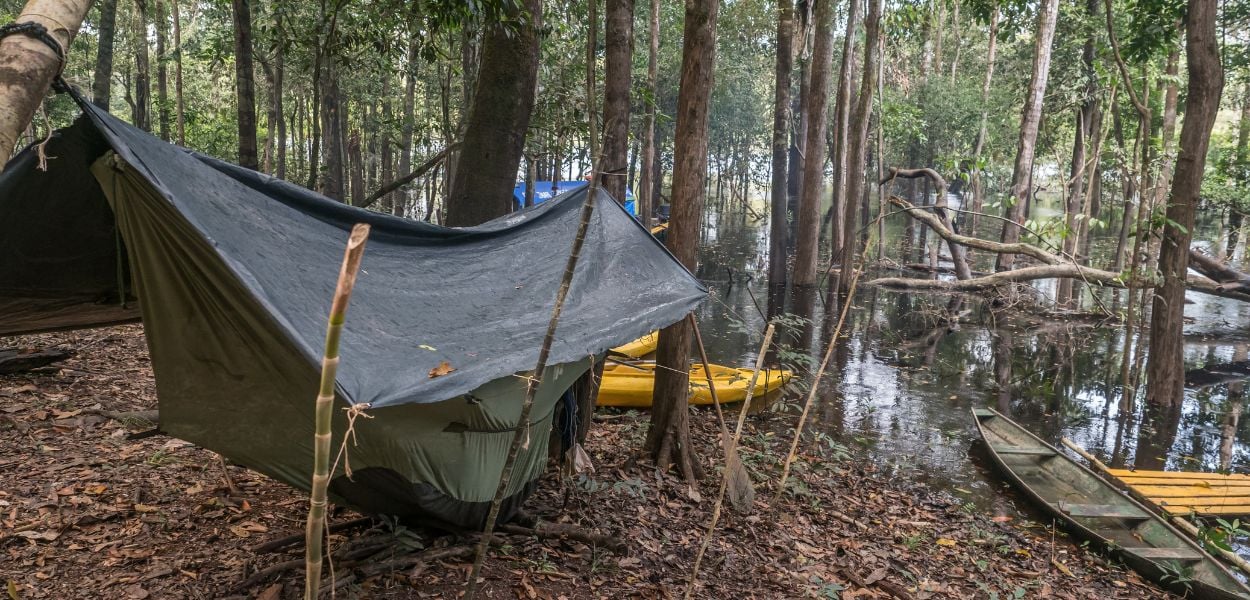
Tarpaulins are essential camping gear that serve multiple purposes, offering campers versatile solutions for shelter and protection in the great outdoors. Their lightweight, durable, and waterproof nature ensures a comfortable and enjoyable camping experience in various environments and weather conditions.
One of the primary uses of tarpaulins in camping is as makeshift shelters or tents. Campers often use tarpaulins to construct lean-tos, A-frame shelters, or traditional tents, by securing them to trees or posts. These tarpaulin shelters provide protection from rain, wind, and sun, offering a dry and shaded retreat for resting, cooking, or socialising.
Moreover, tarpaulins serve as ground covers or tent footprints, creating a barrier between campers and damp or uneven ground. Placed under tents or sleeping bags, tarpaulins prevent moisture from seeping through the tent floor, keeping campers dry and comfortable throughout the night. They also protect tents from punctures and wear and tear, prolonging their lifespan and maintaining their integrity in, at times, harsh outdoor environments.
In addition to shelter, tarpaulins offer practical solutions for organising campsite essentials and creating functional outdoor living spaces. Campers often use them as a makeshift kitchen/dining area, providing protection from rain, sun, and wildlife while preparing meals or enjoying outdoor dining experiences.
Tarpaulins can also be used as windbreaks or privacy screens, outlining campsite boundaries, and enhancing privacy and comfort for campers.
Whether used as makeshift tents, ground covers, or functional outdoor spaces, tarpaulins enhance comfort, safety, and enjoyment during camping adventures, making them invaluable assets for outdoor enthusiasts exploring nature's wonders.
Covering Tubs and Pools
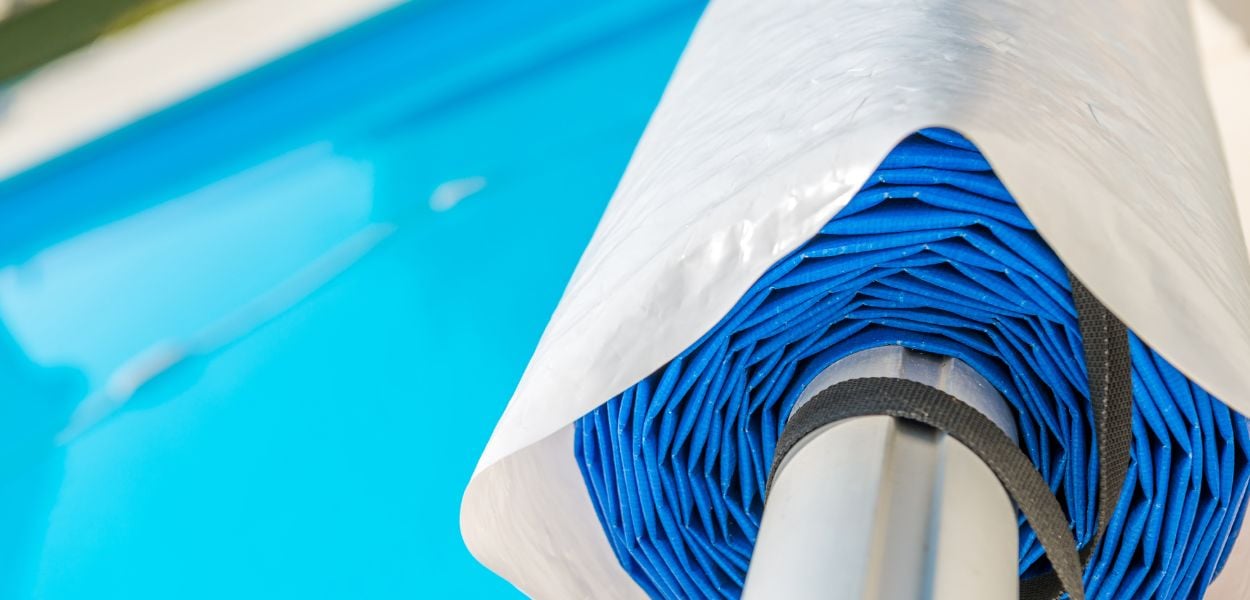
Tarpaulins play a crucial role in covering pools and hot tubs, offering practical solutions for protecting bodies of water from debris, evaporation, and environmental contaminants. Pool and hot tub covers, made from durable tarpaulin materials provide homeowners with cost-effective and efficient means of:
- Maintaining water quality.
- Conserving energy.
- Extending the lifespan of aquatic investments.
Fallen leaves, twigs, insects, and other outdoor debris can contaminate pool or hot tub water, leading to algae growth, water discoloration, and filtration system clogging. Tarpaulin covers act as protective barriers, preventing debris from entering the water and minimising the need for frequent cleaning and maintenance.
Moreover, tarpaulins help reduce water evaporation from pools and hot tubs, conserving water resources and minimising the need for refilling. By retaining moisture and heat, tarpaulin covers help maintain optimal water temperatures, reducing energy consumption associated with heating and operating pool or hot tub heaters. This energy-saving feature not only lowers utility costs but also promotes environmental sustainability by reducing the carbon footprint of aquatic facilities.
Additionally, tarpaulin covers provide safety benefits for households with children or pets. Securely anchored tarpaulin covers prevent unauthorised access to pool or hot tub areas, reducing the risk of accidents and ensuring peace of mind for homeowners and caregivers.
In summary, tarpaulins serve as essential accessories for covering pools and hot tubs, offering homeowners practical solutions for debris protection, water conservation, energy efficiency, safety, and surface preservation. Whether used for residential or commercial applications, tarpaulin covers provide versatile and cost-effective means of maintaining clean, safe, and inviting aquatic environments for family and guests alike.
Conclusion
In essence, tarpaulins are indispensable tools. Whether for outdoor storage, maintenance, protection, or recreational purposes, they provide a practical and cost-effective solution.
Serving as an essential accessory to homeowners and workwomen and men, tarpaulins can be used in almost any scenario.
Preventing:
- Weather-related deterioration.
- Transportation hazards.
- Damage due to fallen debris.
- Further project delays
- Unnecessary spending on replacements/repairs
